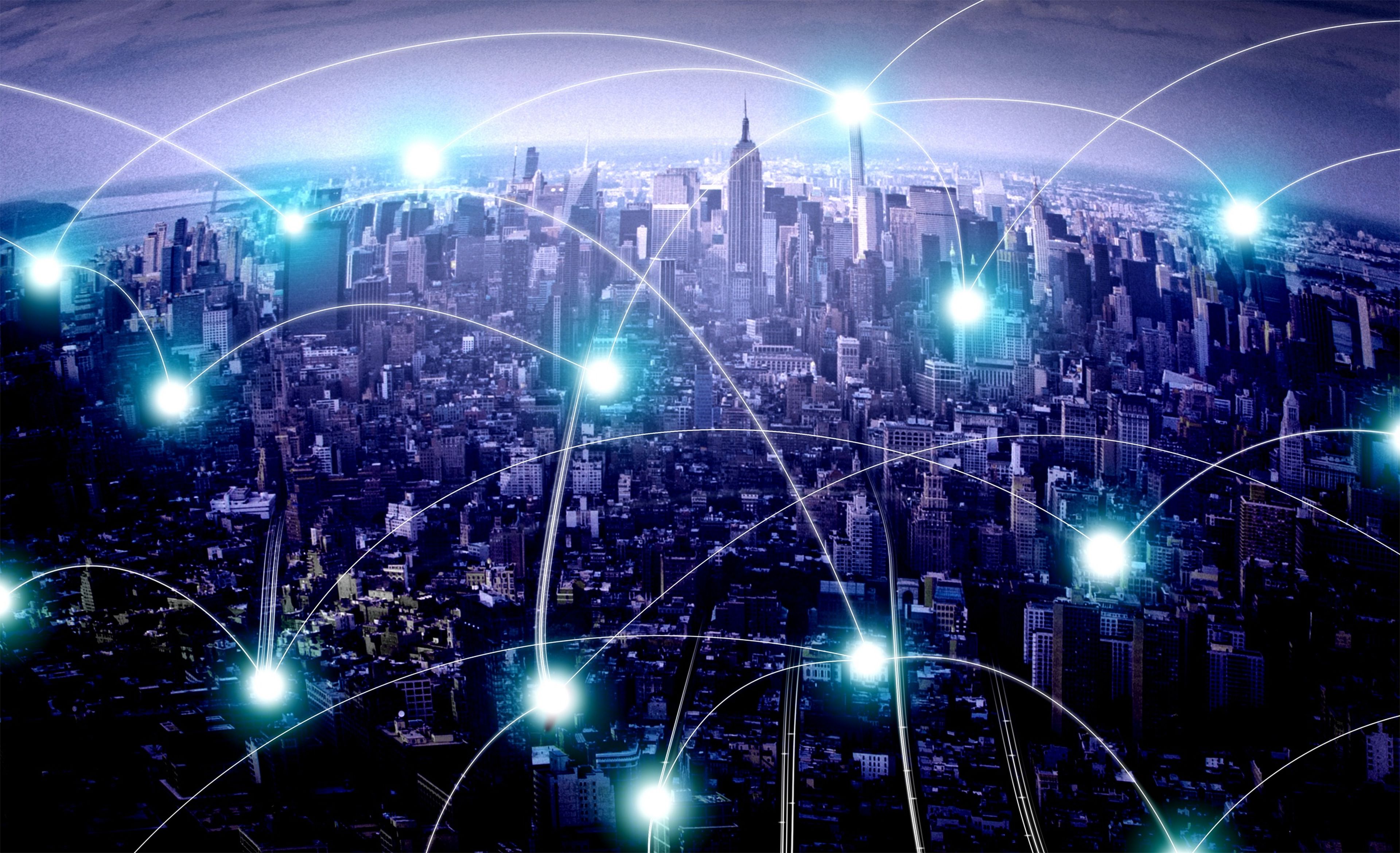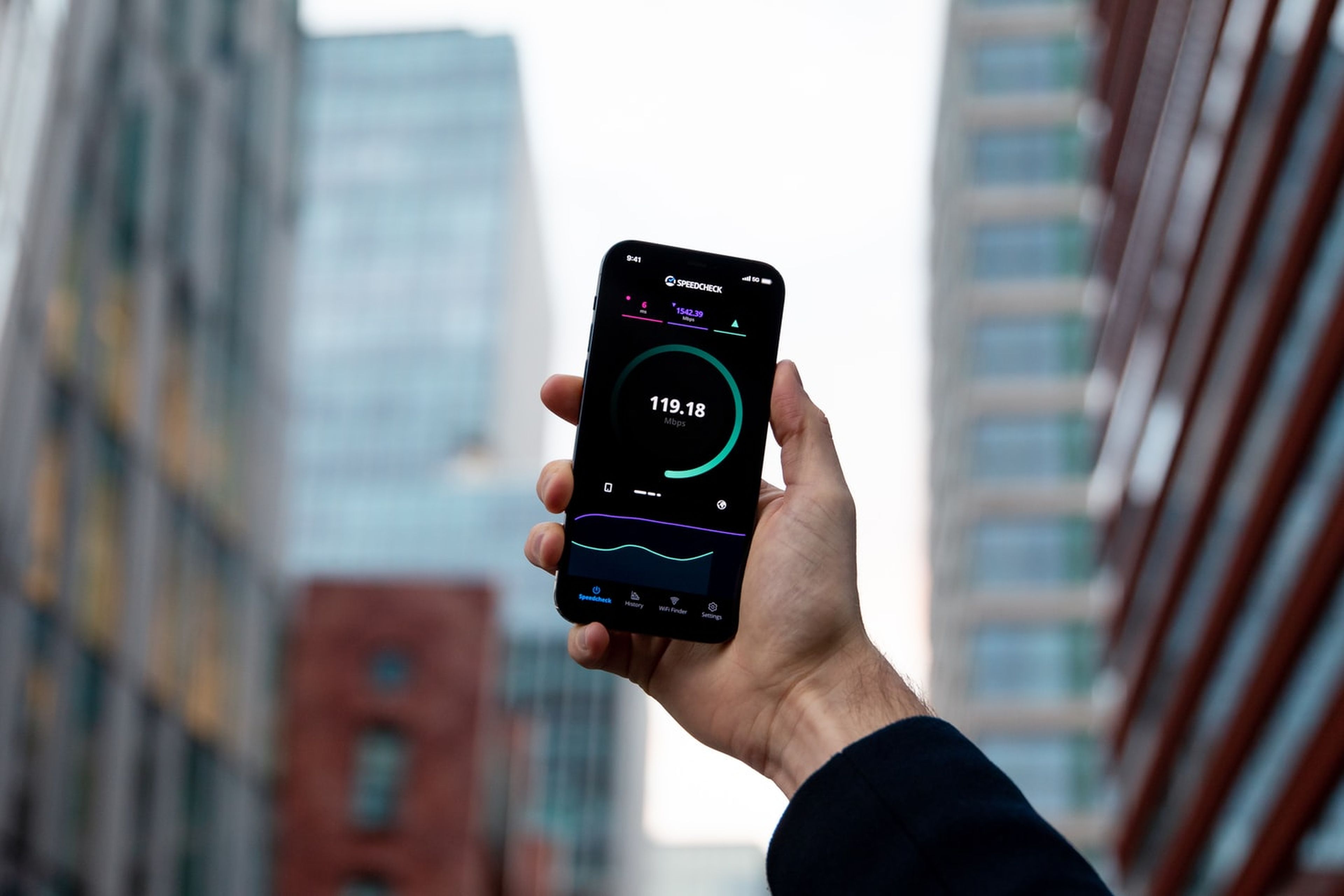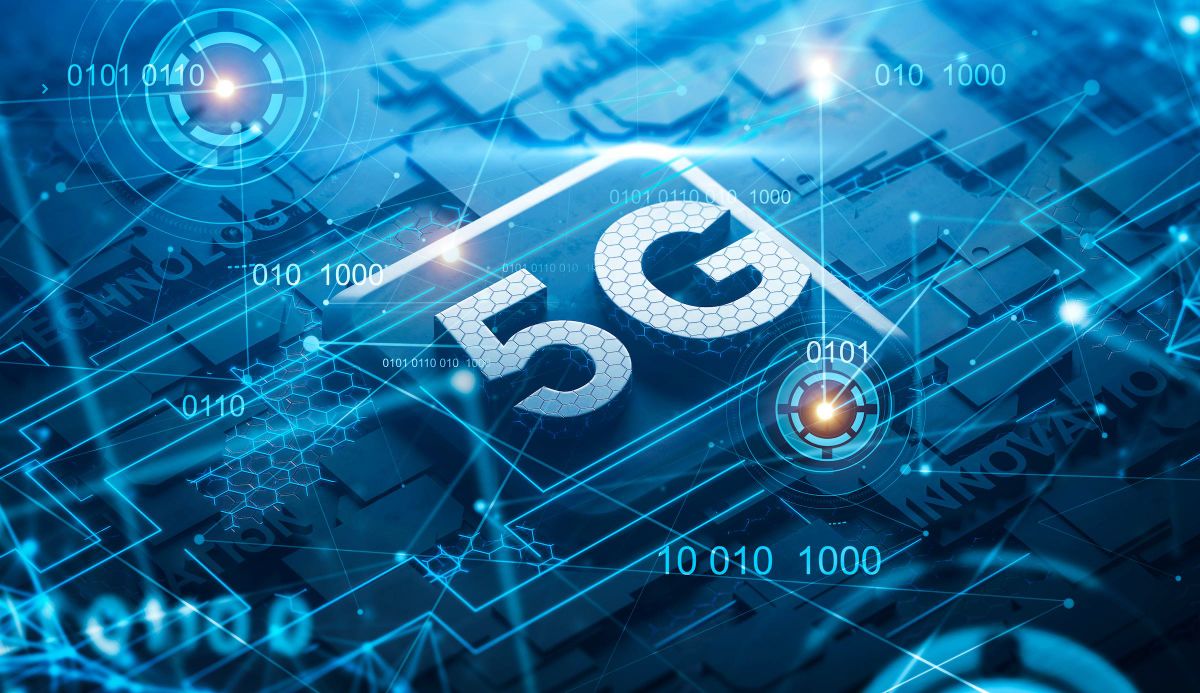It is important to analyze and understand all aspects related to 5G technology and connectivity. In this article, we will address several key points about the 5G and we will try to clarify some of the doubts and concerns that exist around this technology.
First of all, what is 5G? In short, it is the fifth generation of mobile technology, succeeding the previous 4G and 3G. 5G offers extremely fast connection speeds, lower latency (delay in data transmission) and greater ability to connect multiple devices at once.
Besides, low latency allows apps and devices to communicate in real timewhich is essential for applications that require instant response, such as virtual and augmented reality, autonomous vehicles, and drones.
But how do they fool us with 5G? There are some legitimate concerns surrounding this technology. For example, the 5G that we have in Spain is tricky, since we have a kind of 4G+, then we have the question of health (some claim that it is harmful) and a few more, as you are going to see now.
How they fool us with 5G
The false 5G in Spain
We have been talking about the news that will come with 5G for some time, but many of the advances, innovations and new technologies that the fifth generation brings have been years of development and are even already being implemented in current 4G networks.
Many people say they have not experienced a big change in their phone with the arrival of 5G and the explanation is simple: for years we have had 4.5G or 4G+ that were a step further in connection speed.
The latency in a mobile connection is not very relevant if we use it to send WhatsApp or watch YouTube videos, which 99% of current users do, hence we notice the connection speed much more and this is something that has already been solved by the 4.5G or 4G+ in 2016.
5G and health
The potential impact on people’s health. Some groups claim that the radio frequency waves emitted by 5G antennas can be harmful to human health. However, the vast majority of the scientific community has found no conclusive evidence to support these claims.
The International Commission on Non-Ionizing Radiation Protection (ICNIRP), an independent body of health and safety experts, has established exposure limits for electromagnetic radiation to ensure the safety of individuals.
Besides, radiation levels emitted by 5G antennas are similar to those of 4G and 3G antennasso there is no strong evidence that 5G has a greater health risk than the other technologies.

How these networks monitor us
As for the monitoring of people, there are also some concerns. There has been speculation that 5G could be used to collect personal data and monitor people.
However, this is unlikely, since 5G is primarily used to transmit data and not to collect it. In addition, there are laws and regulations in many countries that protect privacy and individual rights, so the use of technology for illegal surveillance would be illegal… but there are reasons to be wary.

The coverage, a story that never ends
As for 5G coverage, it’s true that it’s not yet available everywhere. Currently, the deployment of 5G has mainly focused on large cities and densely populated urban areas.since these areas have a higher demand for connectivity and a higher density of mobile devices.
However, 5G coverage is expected to gradually expand to other areas and regions in the coming years with the aim of providing full coverage within a decade. But if it has not yet been achieved with fiber optics, it is difficult for it to happen with 5G.
In conclusion, 5G is an exciting technology that has the potential to transform the way we interact with and use technology. With proper regulation and responsible implementation, 5G can be a valuable and secure tool to improve our lives.


